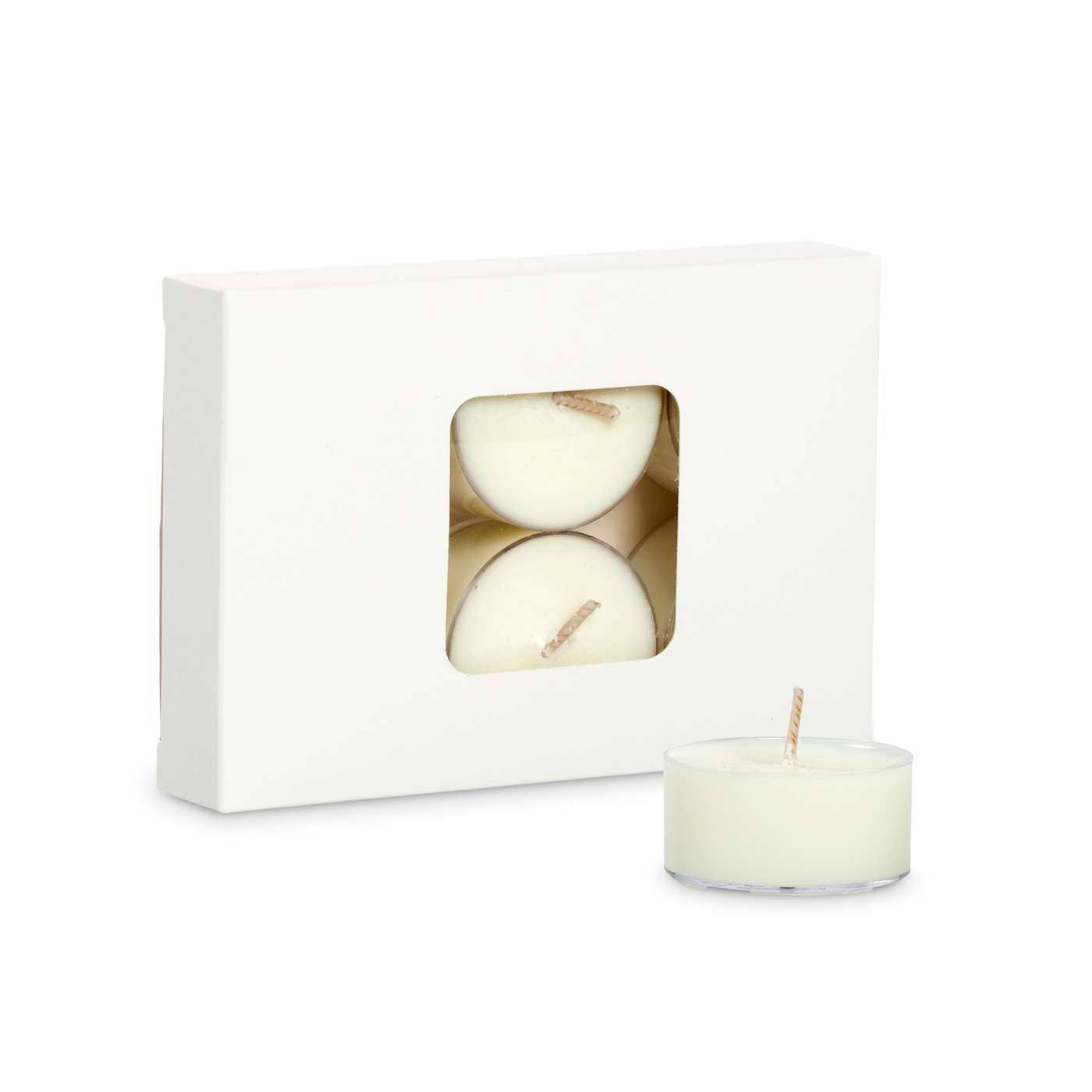Encounter the Serenity of Crystal Soy Candles and Home Fragrance
Encounter the Serenity of Crystal Soy Candles and Home Fragrance
Blog Article
From Wick to Wax: Recognizing the Chemistry Behind Soy Wax Candles and Their Ecological Influence
As we brighten our rooms with the cozy glow of candle lights, there lies a world of detailed chemistry behind the seemingly basic act of lighting a soy wax candle light. Join us as we decipher the scientific details behind soy wax candles and explore their implications on our atmosphere.
Soy Wax Vs. Paraffin Wax
When contrasting soy wax and paraffin wax for candle making, it is crucial to comprehend the distinctive characteristics and benefits of each material. Soy wax is a natural, renewable energy acquired from soybean oil, making it environmentally friendly and eco-friendly - soy candles. On the other hand, paraffin wax is a by-product of petroleum refining, which increases problems about its environmental impact and sustainability
Soy wax candles burn cleaner and give off much less residue compared to paraffin wax candles, making them a healthier choice for indoor air top quality. In addition, soy wax has a lower melting factor, permitting a longer-lasting candle that spreads scent much more efficiently. Paraffin wax, on the other hand, often tends to shed faster and less easily, possibly releasing dangerous chemicals right into the air.
From a sustainability point of view, soy wax is favored for its biodegradability and eco-friendly sourcing, lining up with the growing customer choice for environmentally aware items. While paraffin wax has actually been a conventional choice in candle light making as a result of its price and simplicity of use, the shift in the direction of eco-friendly alternatives like soy wax is acquiring momentum in the industry.
Chemical Composition of Soy Wax

Burning Refine in Soy Candles
The chemical composition of soy wax directly influences the burning procedure in soy candles, impacting aspects such as burn time, aroma launch, and environmental impact. When a soy candle light is lit, the warmth from the fire melts the wax near the wick. This liquid wax is after that formulated the wick because of capillary action. As the fluid wax gets to the flame, it goes through and vaporizes combustion. The combustion procedure involves the vaporized hydrocarbons in the wax reacting with oxygen in the air to produce warm, light, water vapor, and co2.
The combustion performance of soy candles is influenced by the pureness of the soy wax and the high quality of the wick. Additionally, soy check that wax candle lights have a lower environmental impact compared to paraffin candle lights due to their eco-friendly and biodegradable nature.

Environmental Advantages of Soy Wax

Taken into consideration a sustainable option to typical paraffin wax, soy wax supplies noteworthy ecological advantages that make it a prominent option amongst eco-conscious consumers. One considerable benefit of soy wax is its renewable sourcing. Soy wax is derived from soybean oil, which is mainly cultivated in the United States. The growing of soybeans assists support regional farmers and decreases the dependency on non-renewable fossil fuels made use of in paraffin wax manufacturing. Furthermore, soy wax is naturally degradable, implying it breaks down normally without releasing dangerous contaminants right into the atmosphere. This characteristic makes soy wax candle lights a much more environmentally friendly option compared YOURURL.com to paraffin wax candle lights, which are made from oil, a non-renewable source. Soy wax burns cleaner and produces much less soot than paraffin wax, adding to far better indoor air high quality and decreasing the demand for cleaning and upkeep. In general, the ecological benefits of soy wax straighten with the expanding demand for lasting and green items out there.
Recycling and Disposal Factors To Consider
Recycling and appropriate disposal of soy wax candle lights play an essential function in keeping ecological sustainability and lowering waste in neighborhoods and houses. When it involves recycling soy wax candle lights, the initial step is to guarantee that the candle has actually melted entirely. This can be accomplished by permitting the candle to shed till the wick is no much longer functional, and after that allowing the remaining wax cool and solidify. Once the wax has actually strengthened, it can be thoroughly removed from the container.

In regards to disposal, if recycling is not a choice, soy wax candle lights are eco-friendly and can be safely gotten rid of in many household waste systems. It is always suggested to inspect with local recycling facilities or waste monitoring services for particular guidelines on candle disposal to make certain appropriate handling and ecological defense.
Verdict
In final thought, the chemistry behind soy wax candles exposes their ecological benefits over paraffin wax candles. Soy wax, derived from soybean oil, burns cleaner and generates less soot when compared to paraffin wax. The burning procedure in soy candles is extra reliable, causing a longer and a lot more also melt. Furthermore, soy wax is eco-friendly and eco-friendly, making it an extra lasting selection for candle light manufacturing. Recycling and proper disposal of soy wax candle lights further contribute to their environmental influence.
When comparing soy wax and paraffin wax for candle light production, it is necessary to recognize the distinctive characteristics and advantages of each material (home fragrance).Soy wax candles burn cleaner and release much less residue compared to paraffin wax candle lights, making them visit here a much healthier choice for interior air top quality.Thought about a lasting option to traditional paraffin wax, soy wax uses significant ecological advantages that make it a popular option amongst eco-conscious customers. Soy wax burns cleaner and creates much less residue than paraffin wax, contributing to better indoor air top quality and reducing the demand for cleansing and maintenance.In verdict, the chemistry behind soy wax candle lights reveals their ecological benefits over paraffin wax candles
Report this page